
A multicenter study looked at treating these infections with omadacycline.

A multicenter study looked at treating these infections with omadacycline.

Study links inappropriate, off-guideline antibiotics to increased, avoidable allergic and adverse events in children.

The investigational, fully human IgG1 monoclonal antibody ADG20 prevented and treated infection with COVID-19 variants of concern.

The specialty of the prescribing clinician played a role in the appropriateness of the prescribing for managing ARI in patients with and without HIV.

A medical center wanted to review prescribing and documentation practices for their pharmacists.

There are approximately 300 reported cases of monkeypox in about a dozen countries. However, Dr. Peter Hotez believes we are well equipped to prevent and treat the viral infection.
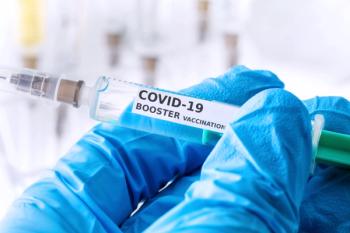
A new study from the CDC underscores the importance of staying up to date on COVID-19 vaccines and boosters, showing a rapid drop in vaccine effectiveness among children during the Omicron wave that increased with booster doses.

Verrica received a Complete Response Letter from the FDA regarding their New Drug Application for the topical molluscum contagiosum treatment, VP-102.
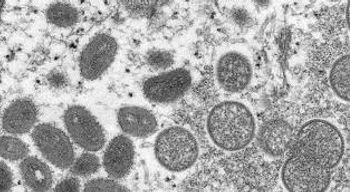
An expert cautions against panic but advises careful study and robust public health response.

RBX2660, an investigational microbiota-based live biotherapeutic for the treatment of C difficile, safely and effectively reduced recurrent C diff for 6 months.

With limitations on fidaxomicin at their facility, a hospital looked at vancomycin usage to determine if they needed to align with the new IDSA/SHEA CDI treatment guideline.

New information suggests a few more cases have surfaced in the United States, pending CDC confirmation.

A team of investigators studied Clostridioides difficile infection (CDI) isolates to gauge resistance in the 2 antibiotics.

Seres Therapeutics shared phase 3 trial results demonstrating their investigational microbiome-based therapeutic, SER-109, prevented recurrent C difficile infection (rCDI) in 88% of recipients.

Companies say the 3 doses of their vaccine meet all immunobridging criteria required for the Emergency Use Authorization (EUA).
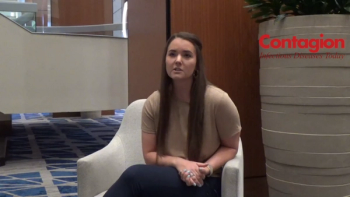
A health system piloted a program that explored having an infectious disease pharmacist aid in guiding treatment.

Designing a transitions of care stewardship program and engaging all stakeholders can help cut down on unnecessary antibiotic prescriptions.

Can clinicians rely on dosing strategy to avoid acute kidney injury for patients receiving vancomycin with a β-lactam like piperacillin-tazobactam?

Investigators sought information on how the infection is treated in outpatient clinics

Jason Pogue, PharmD, BCPS, BCIDP, shares key takeaways from his 2 presentations at MAD-ID 2022, including a new alternative to the SPACE acronym, as well as how to navigate any anxieties around oral carbapenems.
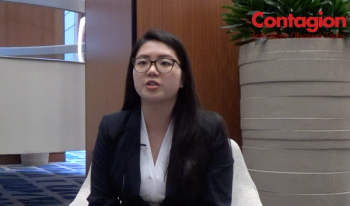
A MAD-ID 2022 poster sought to better understand the current antibiotic prescribing patterns at adult primary care clinics affiliated with Maimonides Medical Center in New York.
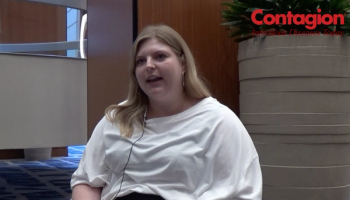
In a poster presented at MAD-ID 2022, Margaret Pertzborn, PharmD, evaluated the efficacy of a PrEP Provider Toolkit on non-infectious disease provider comfort prescribing PrEP with their patients.
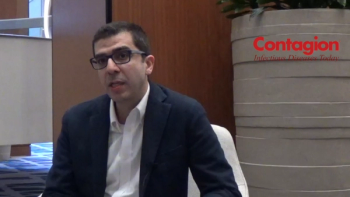
A study looked at the utilization of the technology with this antibiotic class in hospital-acquired pneumonia (HAP) and ventilator-associated pneumonia (VAP).


In a poster presented at MAD-ID 2022, Glenn S. Tillotson, PhD, FIDSA, FCCP, shares data from the Premier Healthcare Database on more than 100,000 patients with C diff.
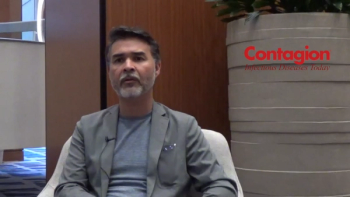
AdventHealth Orlando studied a small number of these fungal isolates to examine treatment resistance patterns.

At MAD-ID 2022, Payal K. Patel, MD, MPH, FIDSA, discussed how COVID-19 misinformation and lags in diagnostics contributed to inappropriate antibiotic use and offers some way to combat this trend.
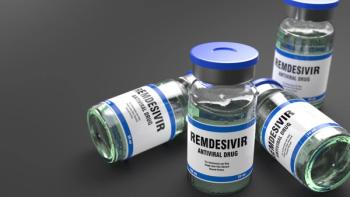
In hospitalized COVID-19 patients, remdesivir stewardship reduced hospital length of stay and therapy duration.
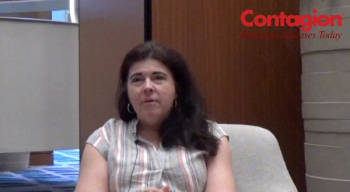
Colleen R. Kelly, MD, FACG, speaks at MAD-ID 2022 on alternatives to antibiotics for C diff infection, including the use of probiotics and fecal microbiota transplantation.

The CDC’s COVID-19 booster dose recommendation for children 5 and older comes a few days after the FDA’s authorization